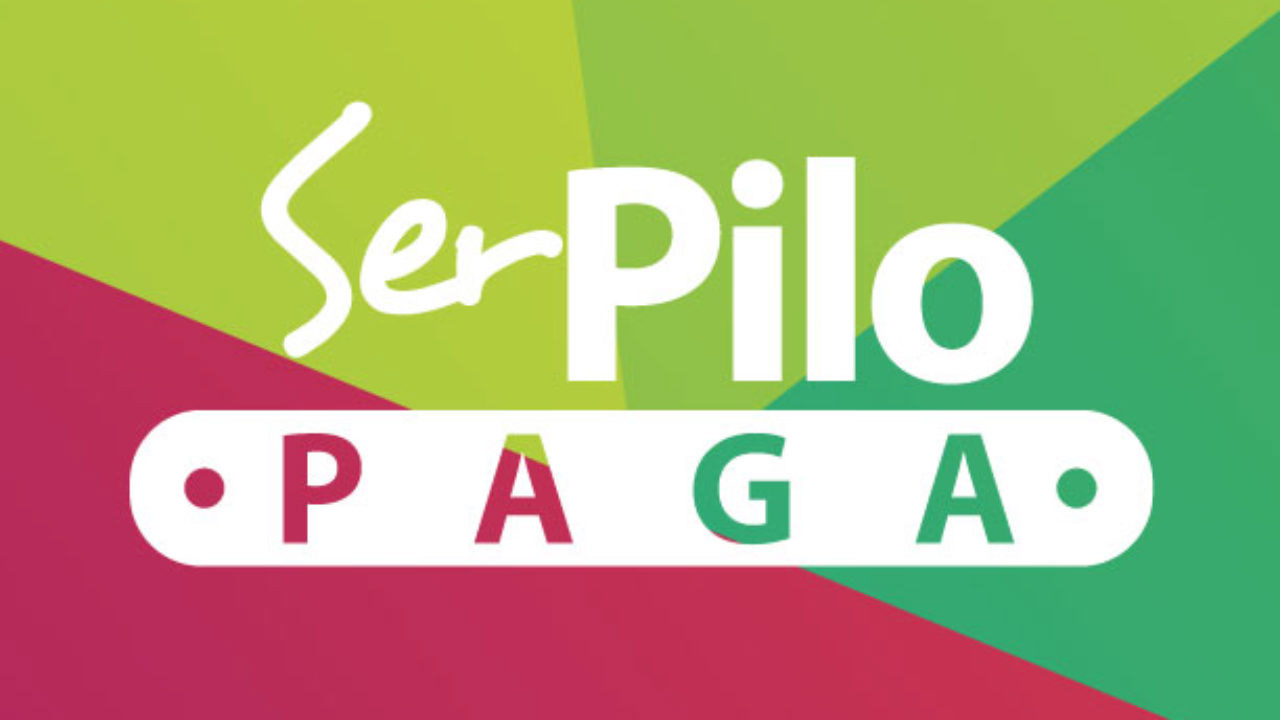Ser Pilo Paga (SPP) was a Colombian government program aimed at increasing access to high-quality higher education for low-income students throughout the country which took place between 2014 and 2018. The program has four key characteristics: first, beneficiaries must meet certain eligibility criteria like scoring in the top decile of the standardized high school exit exam and belonging to the poorest 50 percent of households. Second, the program is visible and has simple eligibility rules and application procedures. Third, SPP covers the full tuition cost of any four- or five-year undergraduate program in any government-certified “high-quality” university in Colombia. Finally due to less developed credit markets, program eligibility strongly correlates with access to financial aid. SPP benefits one-tenth of all first-year enrollees and one-third of all those enrolling in “high-quality” universities immediately after graduation. The effect of the program was significant, increasing equity and promoting diversity at private “high-quality” institutions which previously were accessible only to those who could afford them.
Londono-Velez et al. utilize a regression discontinuity comparing need-eligible students who are just above and below the SABER 11 exam score cutoff. They show a 32 percentage point (pp) increase in immediate enrollment for the cohort that was just above the cutoff. When compared to the household wealth index, those who just made the cutoff had increased enrollment of 27.4 pp. Even when looking at medium-term enrollment within 6 years of high school graduation, there is a significant 10 pp increase in enrollment. Furthermore, those students who were above the cutoff had a 46.5 pp increase in enrollment at high-quality higher education institutions (HEIs). The learning implications of this program show students who utilized the program show a 5 pp increase in the standardized college exit exam score compared to the group just below the cutoff. Wages in the formal sector were seen to increase significantly 7 years after graduation. Also, equity was increased as this program seems to close the wage gap when comparing eligible and ineligible students on the wealth cutoff after the full effects of the program took place.
The evidence presented is strong. Due to elimination of discretion we can ensure that beneficiaries are strictly those who meet eligibility criteria and since this paper uses the first cohort where families did not have time to request a reevaluation for the SISBEN score which increases confidence that manipulation was not present. The regression discontinuity seemed to be a proper choice to examine students with similar backgrounds and test score levels thus isolating future success to be solely related to the eligibility and acceptance of the SPP aid and education at a “high-quality” HEI. One critique worth mentioning is analyzing how students who qualified for SPP but did not accept or were not admitted to “high-quality” HEIs performed on these metrics in comparison to those who completed the undergraduate degree. This would further clarify the direct impact of the education versus the capability of the individuals themselves. Another critique involves the fact that this study utilized only the first cohort of students who received aid from SPP which may pose concerns on the generalizability of these findings. Finally, these findings seem to apply to those pursuing roles in the formal economy and within Colombia itself, this may leave out students who have different careers and goals in mind.
—
Ishil Puri
